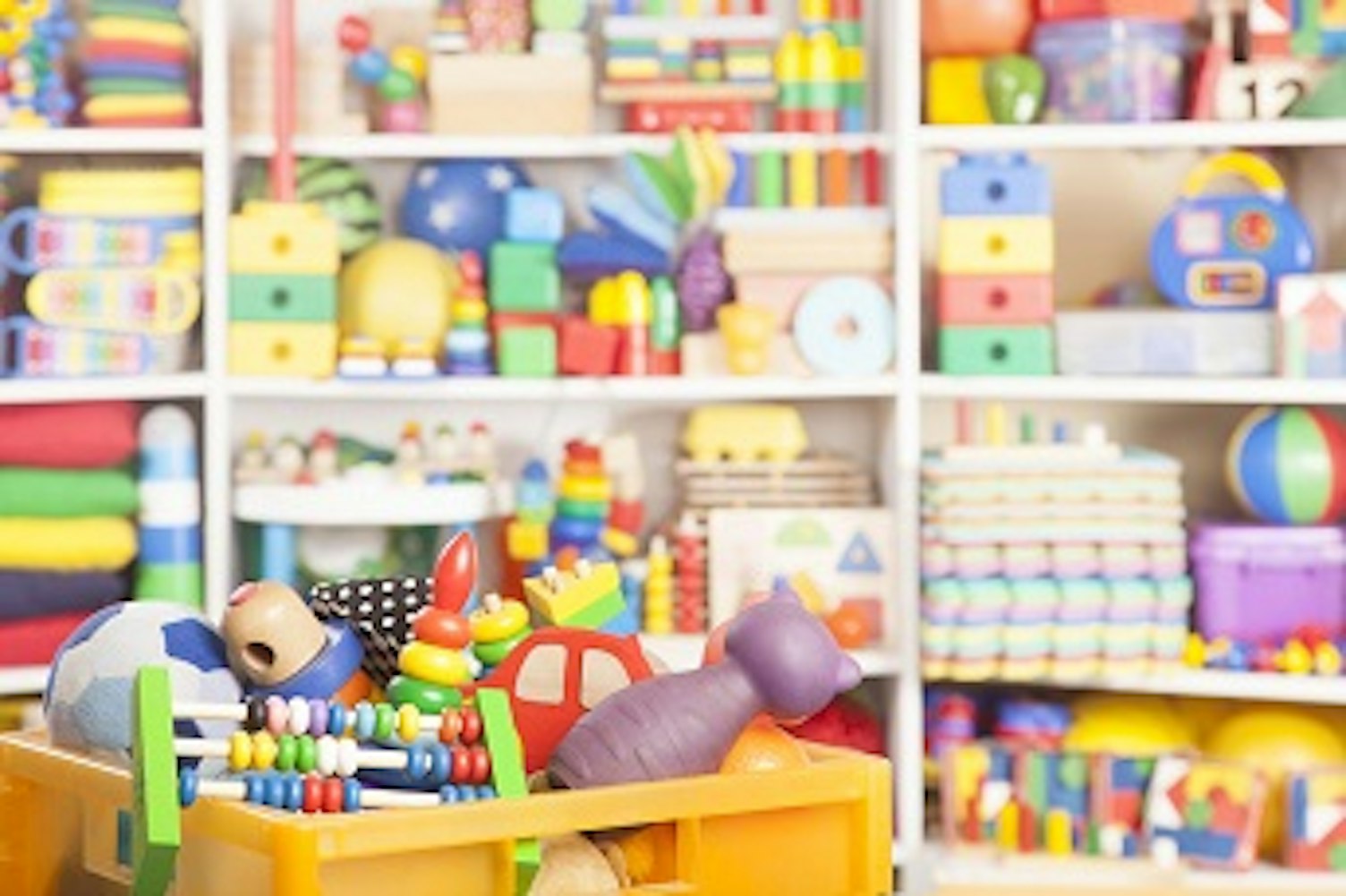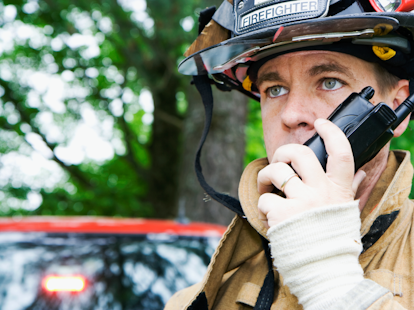
As authorities around the world become more aware of the importance of toy safety, they implement new regulations and safety measures to ensure that toys do not pose a risk to children and consumers. Before manufacturers and importers can place toys on the market, they must ensure that these products comply with national safety standards.
In March 2022, current trending markets such as South Africa and Thailand had updated their respective regulations on Toy Safety, ensuring consumers are confident that the toys they buy for children are of high quality and are safe, whether from harmful chemicals, or design faults that could cause injury.
South Africa:
South Africa’s Department of Trade, Industry and Competition published Notice 896 of 2022 (Notice 896/2022) to launch a consultation period for several toy safety standards for the development of the country’s national standards under the Standards Act.
Highlights of these toy standards in Notice 896/2022 are summarized in Table 1. It is interesting to note that these SAN 50071 standards are related to the EN 71 series of toy safety standards.
| GOVERNMENT GAZETTE, NO. 46059, PAGE 246, MARCH 18, 2022 DEPARTMENT OF TRADE, INDUSTRY AND COMPETITION, NOTICE 896 OF 2022 SECTION A, DRAFTS FOR COMMENTS | |
|---|---|
| Draft Standard | Scope |
| SANS 50071-1 Ed 2 | Safety of toys – Part 1: Mechanical and physical properties (test requirements and methods for mechanical and physical properties) |
| SANS 50071-2 Ed 2 | Safety of toys – Part 2: Flammability (categories of flammable materials prohibited in toys, and requirements relating to flammability of certain toys when they are subjected to a small source of ignition) |
| SANS 50071-3 Ed 2 | Safety of toys – Part 3: Migration of certain elements (test methods and requirements for the migration of 19 elements – aluminum, antimony, arsenic, barium, boron, cadmium, chromium (III), chromium (VI), cobalt, copper, lead, manganese, mercury, nickel, selenium, strontium, tin, organic tin and zinc) |
| SANS 50071-4 Ed 2 | Safety of toys – Part 4: Experimental sets for chemistry and related activities (requirements for the maximum amount or maximum concentration of certain substances and mixtures used in experimental sets for chemistry and related activities) |
| SANS 50071-5 Ed 2 | Safety of toys – Part 5: Chemical toys (sets) other than experimental sets (requirements and test methods for substances and materials used in chemical toys (sets) other than experimental sets) |
| SANS 50071-14 Ed 2 | Safety of toys – Part 14: Trampolines for domestic use (requirements and test methods for trampolines for domestic use, their access devices and their enclosures, intended for outdoor and/or indoor use by one person at a time) |
According to Notice 896/2022, comments will be accepted until April 29, 2022.
Thailand:
Thailand’s Ministry of Industry issued a Ministerial Regulation in the Government Gazette (Volume 139, Chapter 19a, Page 4) to mandate TIS 685-1:2562 (2019) as the new standard for toys,
including toy components and accessories, that are intended for use in play by children under 14 years of age.
| Standard | Scope |
| ISO 8124-1:2018 | Safety of toys – Part 1: Safety aspects related to mechanical and physical properties |
| ISO 8124-2:2014 | Safety of toys – Part 2: Flammability |
| ISO 8124-3:2010 And 1:2018 | Safety of toys – Part 3: Migration of certain elements |
| ISO 8124-6:2018 | Safety of toys – Part 6: Certain phthalate esters in toys and children’s products |
| EN 71-1:2014 And A1:2018 | Safety of toys – Part 1: Mechanical and physical properties |
| AS 1647.2:1992 | Children’s toys (safety requirements) Part 2: Constructional Requirements |
In additional to providing a list of products that are not considered as toys, TIS 685-1:2562 (2019) specifies requirements for labeling, physical and mechanical properties, flammability and chemicals. It contains, among other things, a number of important changes for chemicals. These include:
- Replacing two sets of limits for the migration of eight soluble elements with three sets
- Finger paints are separated from modeling clay and have their own set of limits
- ‘Textiles’ is included in the set of limits for ‘Coatings, writing materials, plastics, paper and paperboard’
- New requirements for phthalates in plastic, coating and rubber materials in two categories of toys using ISO 8124-6
According to the Ministerial Regulation, the standard will become mandatory on September 22, 2022.
Highlights of the requirements for soluble elements and phthalates in the new standard are summarized below:
| TIS 685 PART-1: 2562 (2019): TOYS: SAFETY REQUIREMENTS: PART 1 – REQUIREMENTS | |||
|---|---|---|---|
| Soluble Element | Requirement | ||
| Coatings, writing materials, plastics, paper and paperboard, and textiles | Modelling clay | Finger paints | |
| Antimony | ≤ 60 mg/kg | ≤ 60 mg/kg | ≤ 10 mg/kg |
| Arsenic | ≤ 25 mg/kg | ≤ 25 mg/kg | ≤ 10 mg/kg |
| Barium | ≤ 1,000 mg/kg | ≤ 250 mg/kg | ≤ 350 mg/kg |
| Cadmium | ≤ 75 mg/kg | ≤ 50 mg/kg | ≤ 15 mg/kg |
| Chromium | ≤ 60 mg/kg | ≤ 25 mg/kg | ≤ 25 mg/kg |
| Lead | ≤ 90 mg/kg | ≤ 90 mg/kg | ≤ 25 mg/kg |
| Mercury | ≤ 60 mg/kg | ≤ 25 mg/kg | ≤ 10 mg/kg |
| Selenium | ≤ 500 mg/kg | ≤ 500 mg/kg | ≤ 50 mg/kg |
| TIS 685 PART-1: 2562 (2019): TOYS: SAFETY REQUIREMENTS: PART 1 – REQUIREMENTS | |
|---|---|
| Scope | Requirement |
| Toys | ≤ 0.1% sum of BBP, DBP and DEHP |
| Toys for children under three years of age containing parts that can be placed in the mouth | ≤ 0.1% sum of BBP, DBP, DEHP, DIDP, DINP and DNOP |
SGS offers a one-stop solution to all your toy needs, so that you can be sure your toys comply with relevant regulations and quality standards.
For enquiries, please contact our Sales Associates for details!
To obtain a copy in PDF, please click here.
Units 303 & 305, 3/F, Building 22E,
Phase 3, Hong Kong Science Park,
Pak Shek Kok, New Territories,
Hong Kong, China



